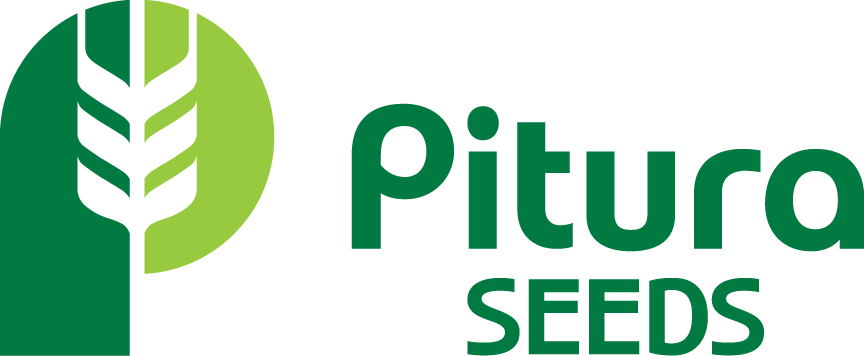Part 2: AMS Application Methods (Boosting Yield Potential Of Early Seeded Soybeans)
Last month we released an article summarizing the idea of adding AMS fertilizer to early seeded soybeans and the research behind why this could help provide a yield bump (See previous article here). I felt it was important to follow up that article with more details.
Firstly…It’s important to state that this is a concept and not a guarantee. There is a real relationship between plant available sulfur and nodule establishment and function with soybeans. However, there is a fairly specific set of parameters that must be in place for success of this concept of adding AMS to boost soybean yields. The number one condition is cool soil temperatures (< 10 Celsius).
At a meeting in January, Peter Johnson was referring to work done in Ontario where they saw the great success from adding AMS to their soybeans seeded into cold soils. This was done on a very responsive sandy soil. He clarifies that there are specific scenarios that will show this kind of yield response (much more likely on sandy, low organic matter soils). However, they have also seen up to 7 bu/ac on loam soils.
What is the application method?
It is not recommended to apply in-furrow AMS with soybeans under any circumstances. Soybeans are very sensitive to salt injury from seed placed fertilizer. It is advised to place any fertilizer at least 1” from the seed to ensure safe establishment. Some growers in the Red River Valley have experimented with seed placed monoammonium phosphate or MAP (11-52-0) fertilizer and have seen seedling burn in dry conditions. For comparison, the salt index for MAP is 26.7 and the salt index for Ammonium sulphate or AMS (21-0-0-24) is much higher at 88.3 (refer to A & L Canada Laboratories).
Spring broadcast or side banded applications are the best options for spring applied AMS. Work done by Shaun Casteel was all broadcast from 2 weeks prior to planting to around planting. Early application is critical and is the reason they saw success.
Fall broadcast of AMS prior to soybeans could be used if the risk of leaching is low. AMS is highly water soluble and could be at risk of being leached out of the early-root zone through the winter and therefore you would not have the desired effect of nearby access for young soybean roots.
As mentioned in the previous article, by the time conventionally tilled fields are dry enough to travel on, soil temperatures have likely warmed to a comfortable range for soybeans (around 10 degrees Celsius). If spring conditions present cool soils that are ready for travel, it could be interesting to try the theory of AMS with soybeans in some strips – and if you do, please let us know what you find!
~Katie Meggison


